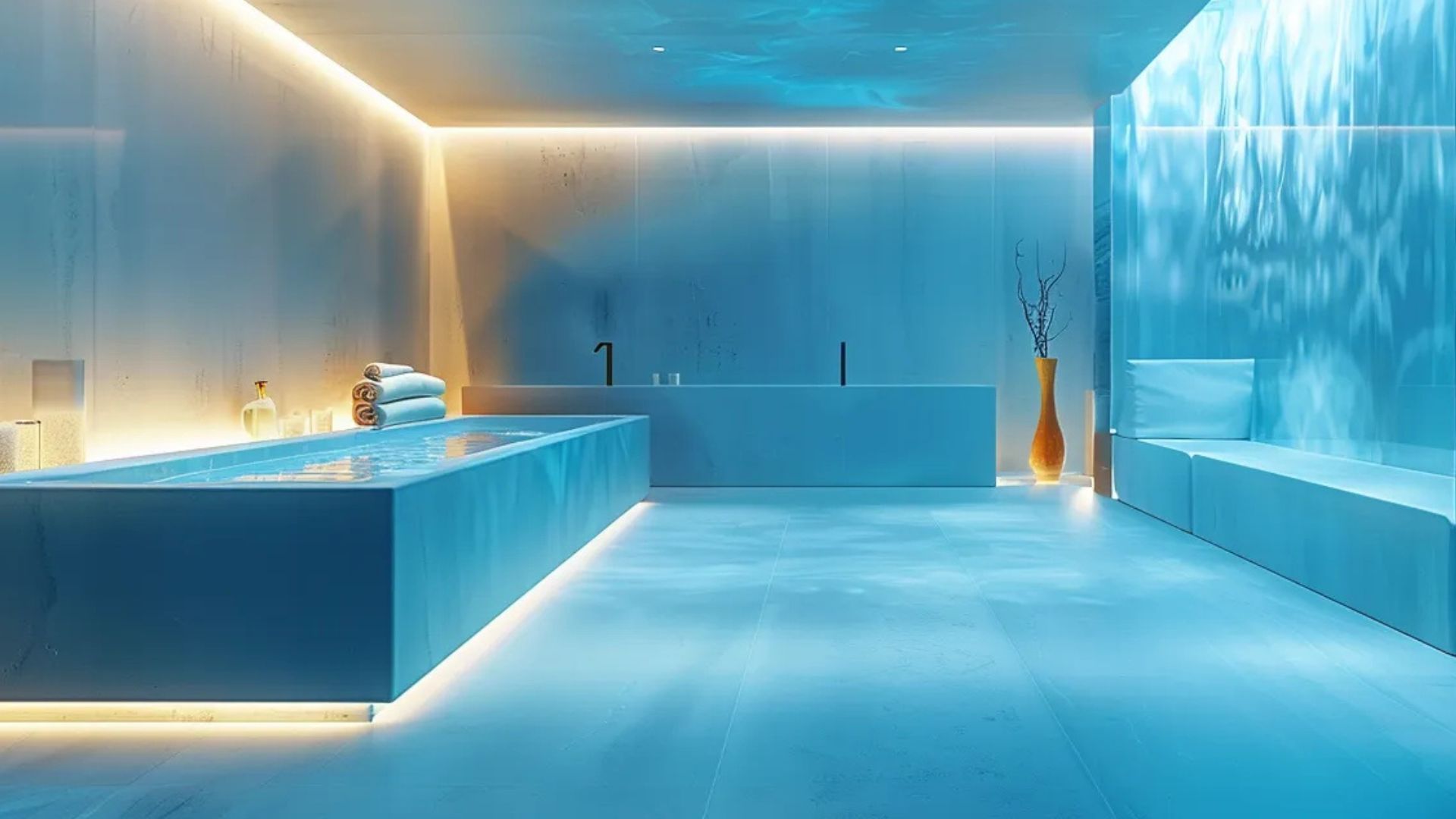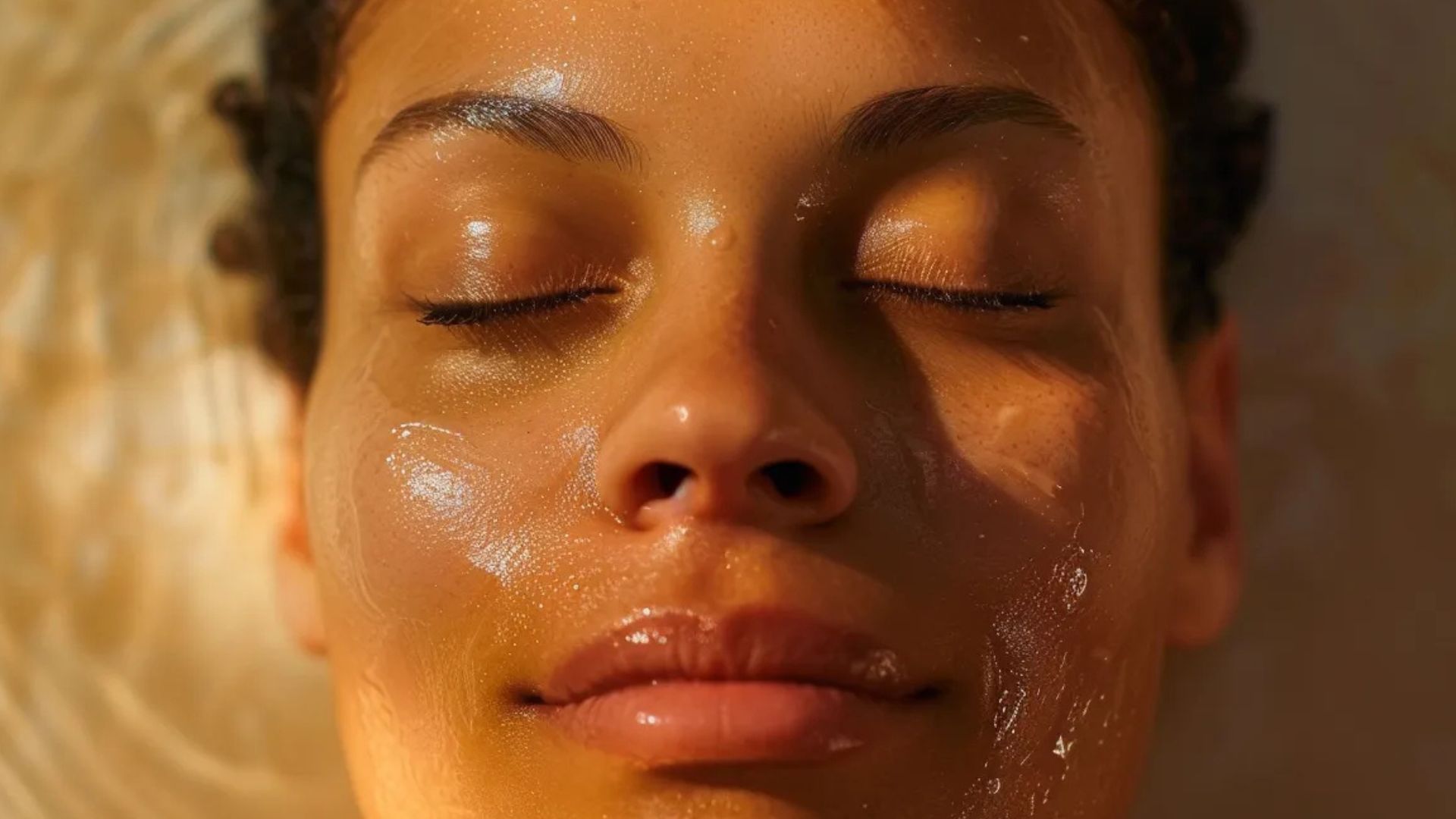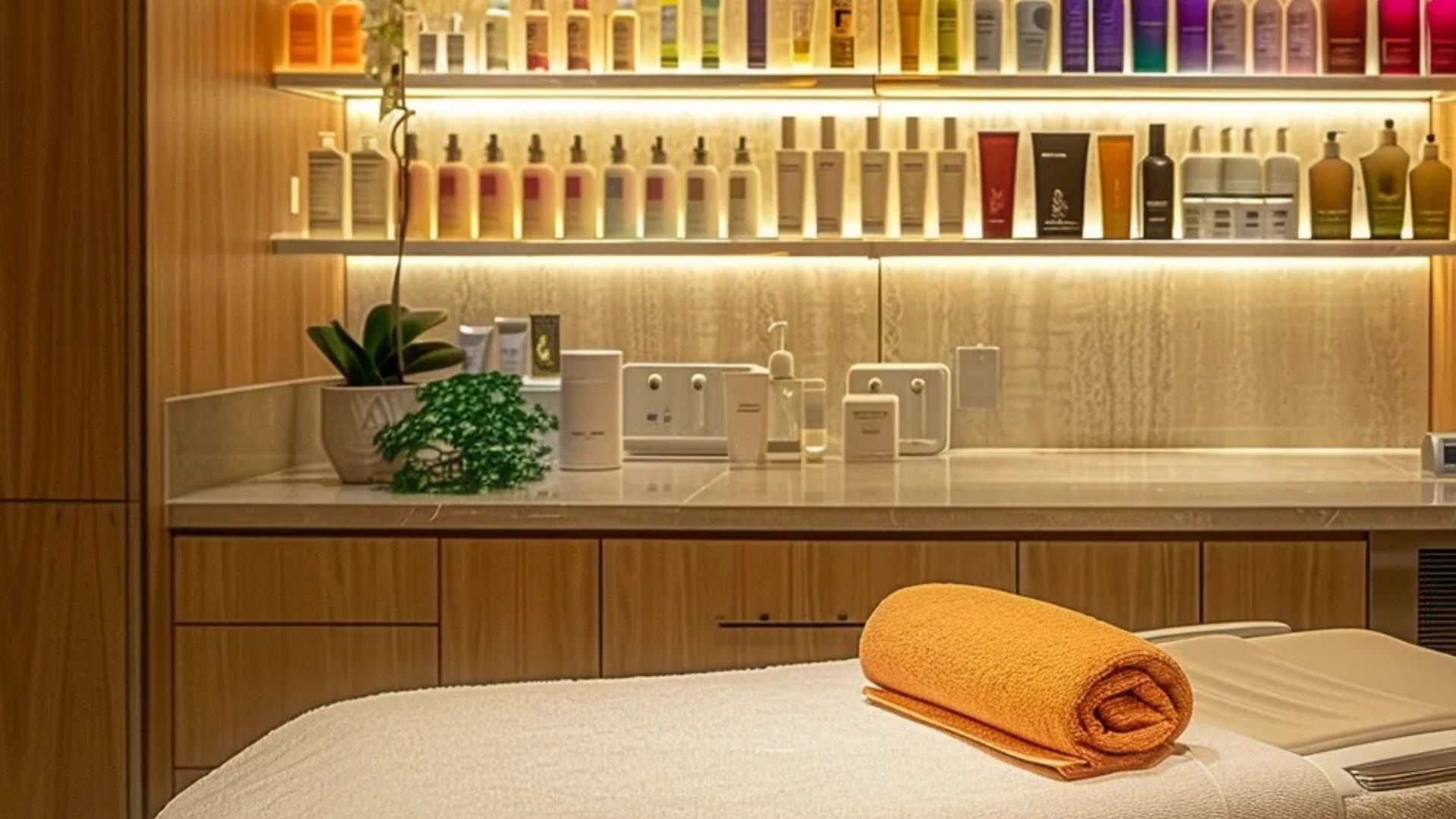Synergistic Skincare: How to Safely and Effectively Combine Botox with Chemical Peels
In the realm of aesthetic enhancement, achieving youthful, radiant skin is a top priority for many. Explore the innovative integration of Botox treatments with chemical peels for enhanced anti-aging effects. Uncover the benefits of each treatment and how they synergize for remarkable results.
Learn about safety considerations, treatment timelines, and the healing process. Whether you're a skincare enthusiast or curious about anti-aging procedures, this guide offers valuable insights into maximizing the benefits of these popular treatments.
Understanding Botox and Chemical Peels: How They Complement Each Other
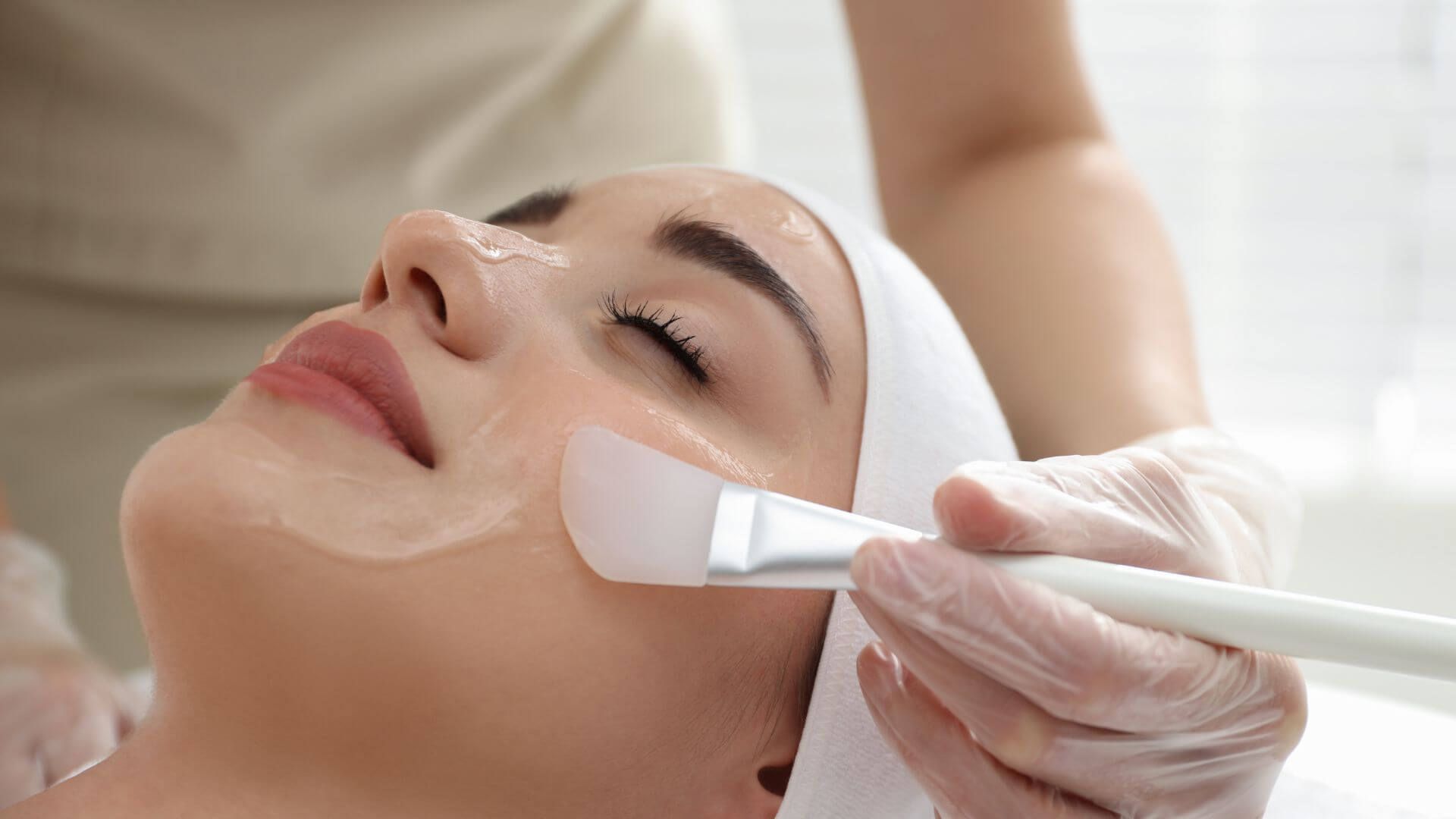
Botox injections and chemical peel treatments are two of the most sought-after cosmetic treatments for skin rejuvenation, each offering distinct benefits for enhancing the skin's appearance. Botox treatments work by temporarily relaxing facial muscles, reducing the appearance of fine lines and wrinkles, and can be particularly effective when combined with dermal fillers for a more comprehensive anti-aging effect.
On the other hand, chemical peels involve applying a chemical solution to the skin, which exfoliates and allows dead skin cells to be removed. This process not only helps in achieving a more even skin tone but also stimulates collagen production, essential for maintaining skin's elasticity and firmness.
Combining Botox and chemical peels can lead to enhanced results, offering both immediate improvement in the appearance of wrinkles through Botox injections and longer-term skin rejuvenation benefits from the chemical peel procedure. By carefully sequencing these treatments, it's possible to maximize their effects.
For example, a lighter chemical peel can often be performed on the same day as Botox injections at a medical spa, allowing patients to enjoy minimal downtime while addressing multiple skin concerns simultaneously.
However, it's crucial to consult with a qualified professional who can advise on the best approach to combine Botox and chemical peel treatments, ensuring safety and effectiveness. They will consider factors like skin tone, the intensity of the chemical peel, and the specific areas treated with Botox to tailor a treatment plan that synergizes these cosmetic treatments for optimal skin rejuvenation.
Safety First: Considerations for Combining Botox and Chemical Peels
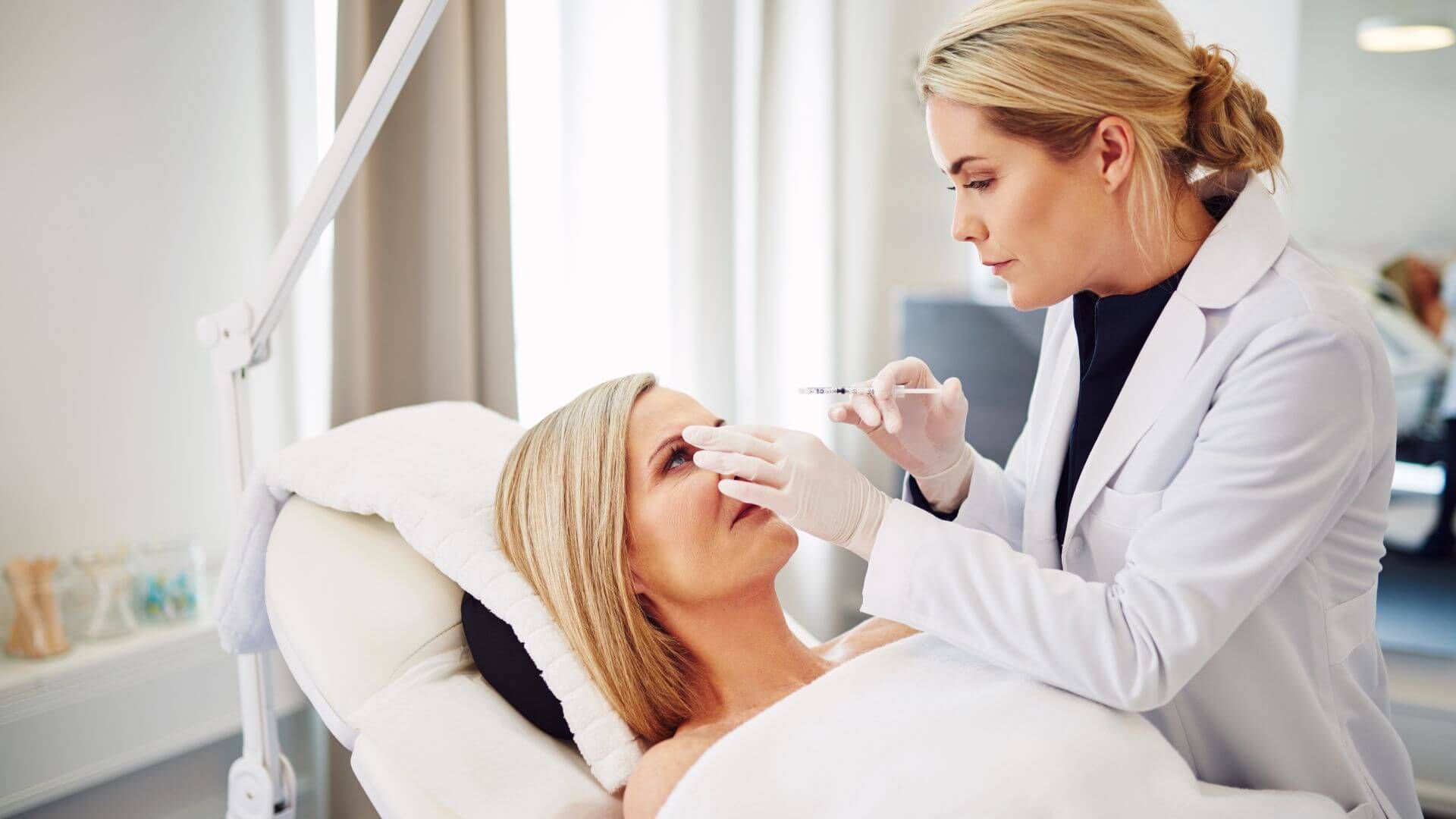
When considering the combination of Botox injections and chemical peels for cosmetic enhancement, prioritizing safety is of utmost importance to ensure safe and predictable results. It's vital to understand how each treatment works individually and in conjunction with one another to prevent any undesirable results.
Botox, a form of botulinum toxin, works by temporarily paralyzing muscles to reduce the appearance of expression lines, while chemical peels, which can range from light "lunchtime treatment" peels to deeper peels, work by removing the top layer of skin, increasing collagen production, reducing fine lines, and addressing dark spots and pigmentation issues.
A key consideration is the timing of the two treatments. Generally, the chemical peel should precede Botox injections. This is because the peel works on the skin's surface to create a smoother canvas, while Botox works beneath the skin to address muscle-related wrinkles.
Administering a chemical peel after Botox might apply unnecessary pressure on the treated areas or cause the person to adopt a horizontal position for an extended period, potentially dispersing the botulinum toxin to undesired areas and leading to suboptimal results.
Furthermore, it's important to select the right type of peel. Lighter peels, such as the VI Peel or those involving tiny crystals and hyaluronic acid, can be suitable for use near the same time as Botox treatments. However, heavier peels might require a separate treatment session to avoid stressing the skin in the same area too intensely.
Consulting with a professional who can provide a complimentary consultation will help assess your skin's needs, reviewing factors like skin type, desired treatment areas, and specific skin concerns such as pigmentation issues or the need to add volume.
This ensures not only beautiful skin but also a tailored approach that leverages the strengths of each treatment—Botox's ability to smooth out expression lines and chemical peels' power in revealing a fresher, more youthful complexion through increasing collagen production and addressing surface imperfections.
Combining Botox with chemical peels can enhance cosmetic outcomes. Careful planning and expert consultation are necessary to align treatment sequences and intensities with individual skin needs. This ensures minimal downtime and a rejuvenated appearance.
Optimal Timing: When to Schedule a Chemical Peel After Botox
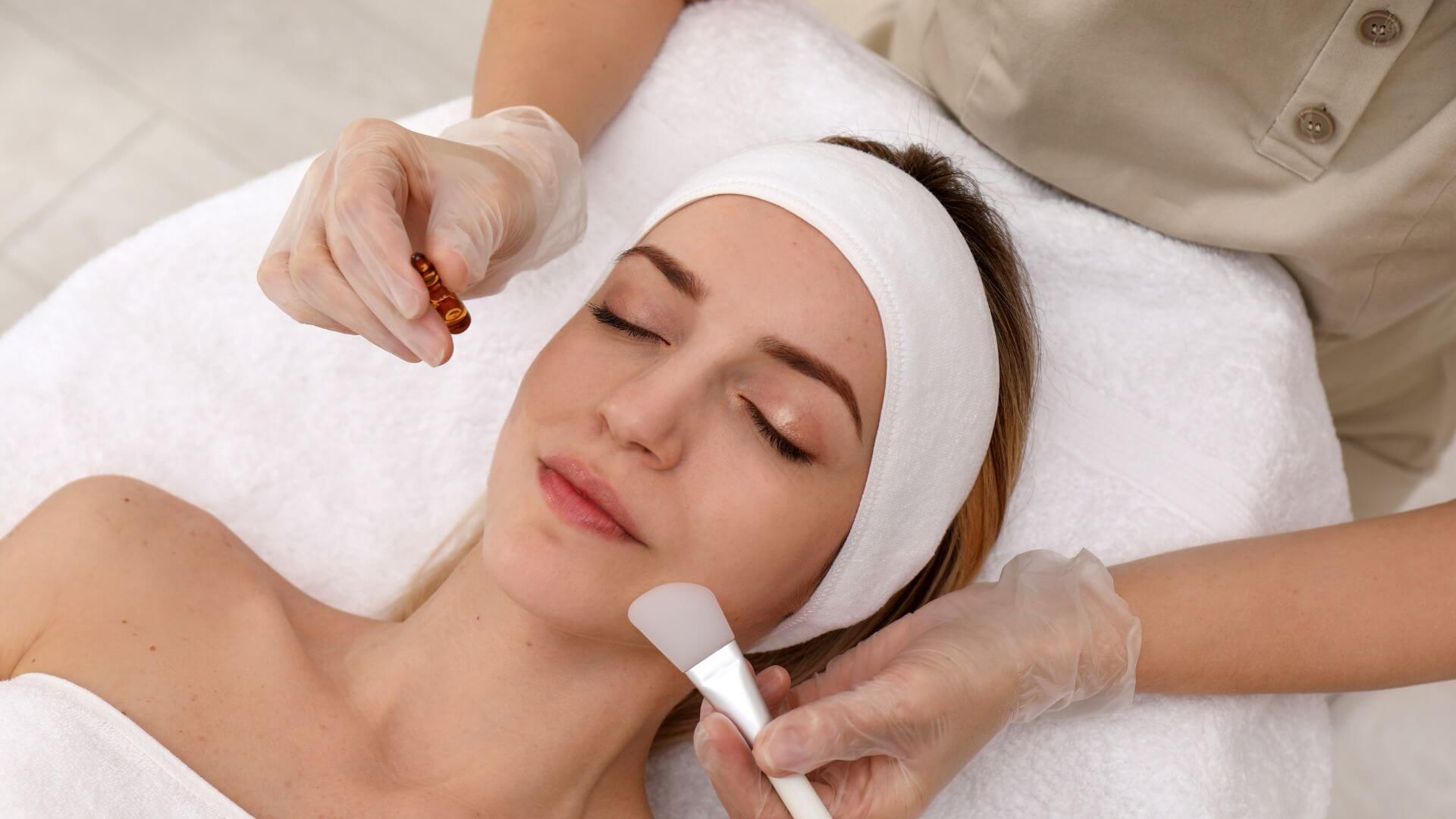
Determining the optimal timing for scheduling a chemical peel after receiving a Botox injection is crucial for achieving the best possible outcomes while ensuring safety and minimizing downtime.
Since both treatments serve to enhance facial aesthetics yet operate through distinctly different mechanisms, understanding how to sequence them effectively is key to maximizing the benefits.
Short Answer to Optimal Scheduling
The short answer to when you should schedule a chemical peel after Botox is typically at least 2 weeks after your Botox appointment. This timeframe allows the botulinum toxin to fully take effect, ensuring that the facial muscles are relaxed and the skin surface is more receptive to the benefits of the chemical peel treatment.
Importance of Sequence in Treatment
The sequence is significant because Botox works by relaxing the underlying muscles to smooth out wrinkles, while a chemical peel works on the skin’s surface to remove dead skin cells, aiding in adding volume and improving skin texture. A chemical peel after Botox allows for the skin to absorb and react to the peel more effectively, enhancing the skin's brightness and smoothness.
Lighter Chemical Peels and Other Treatments
For those eager to combine treatments in a single visit, lighter chemical peels might be an option immediately following a Botox injection. These peels are less invasive and can be safely administered without interfering with the Botox.
It's still essential to consult with a skincare professional to ensure this is the right approach for your skin type. Treatments like microdermabrasion, which are also non-invasive, can be considered in conjunction with these procedures to further remove dead skin cells and achieve optimal results.
While combining Botox injections with chemical peel treatments can significantly enhance facial aesthetics, the timing between these treatments is crucial for ensuring both effectiveness and safety. Consulting with a professional before booking appointments will provide a tailored approach that considers your specific skin needs and cosmetic goals.
Healing and Recovery: What to Expect After Combining Botox and Chemical Peels
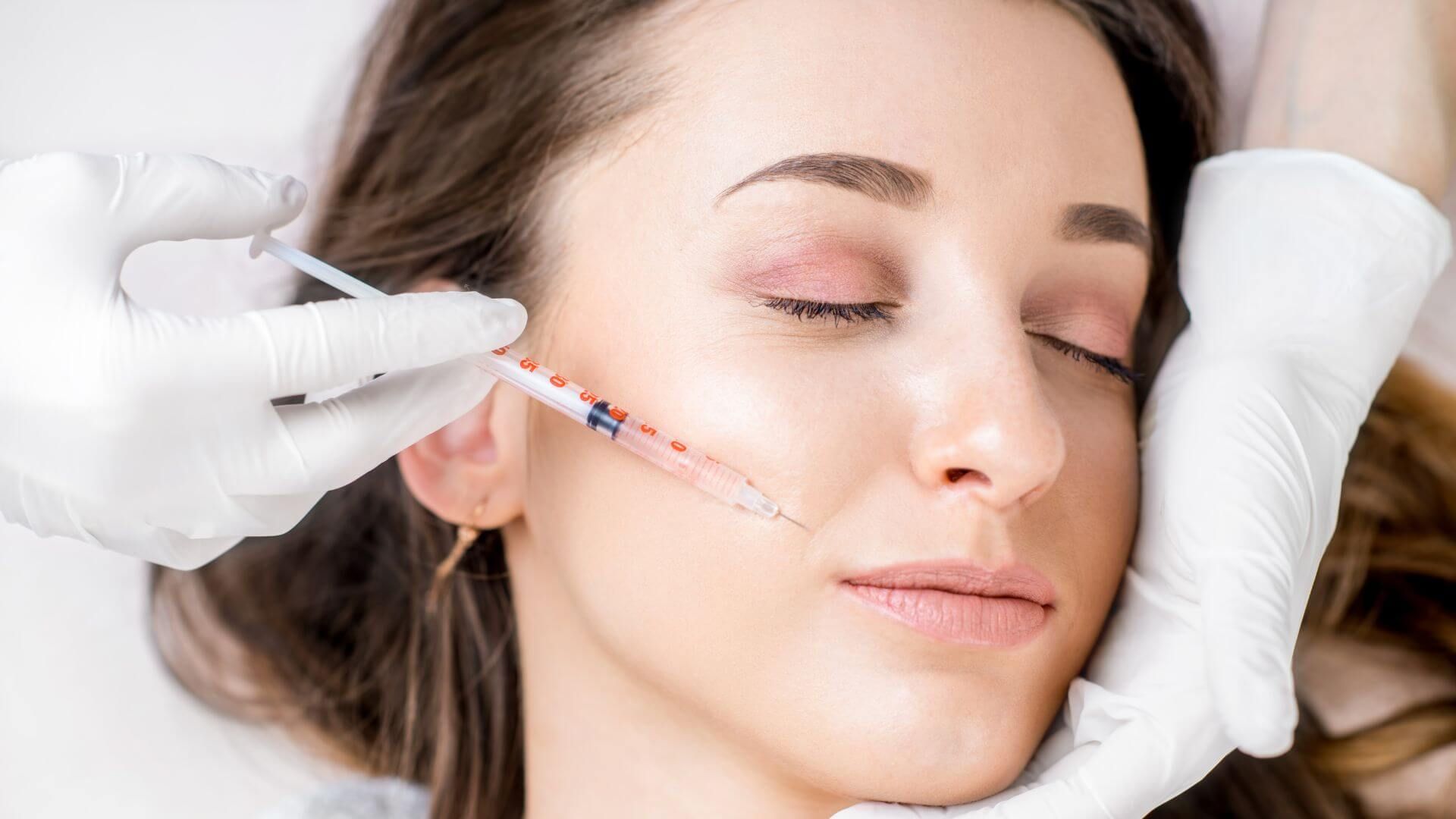
After undergoing a combination of botox treatment and chemical peels, it's essential to have realistic expectations regarding the healing and recovery process. The combined approach targets different aspects of skin rejuvenation—Botox smooths out wrinkles by relaxing muscles, and chemical peels improve skin texture and tone by removing the outermost layers of the skin. This section will guide you through the healing and recovery phase, ensuring a seamless transition to rejuvenated skin.
Immediate Post-Treatment Care
Initially, after the treatments, you might experience mild redness, swelling, and sensitivity, especially in areas subjected to chemical peels. It’s crucial to keep these areas well-moisturized and avoid any harsh skincare products that could irritate the skin further. Regarding Botox, avoid massaging or applying pressure to the treated areas to prevent spreading the toxin to unintended muscles.
Downtime and Skin Healing
The downtime for Botox is relatively minimal, with most individuals resuming normal activities immediately. However, the recovery from a chemical peel can vary depending on the intensity of the peel. Light peels may require only one to seven days for the skin to heal, while deeper peels might need up to two weeks. During this period, it's vital to protect the skin from sun exposure to prevent hyperpigmentation and aid in the healing process.
Managing Expectations
Results from the Botox treatment will typically start to become noticeable after a few days, with the full effect visible in about two weeks. The outcomes of the chemical peel, such as reduced fine lines, diminished acne scars, and a brighter complexion, will become more apparent as the skin heals and regenerates. It’s important to have patience during this period and follow the post-treatment care instructions provided by your dermatologist to ensure optimal results.
Follow-up with Your Dermatologist
A follow-up appointment with your dermatologist is crucial to monitor your skin’s recovery and evaluate the effectiveness of the combined treatments. This appointment is an opportunity to address any concerns and plan for future sessions, if necessary, to maintain or enhance the rejuvenating effects of Botox and chemical peel treatments.
Combining Botox with chemical peels presents a powerful strategy for achieving a more youthful and vibrant complexion. However, understanding and adhering to the recommended healing and recovery guidelines are essential for maximizing the benefits and ensuring the health and beauty of your skin.
Ready for Transformation? Contact Bel Viso Medical Spa Today!
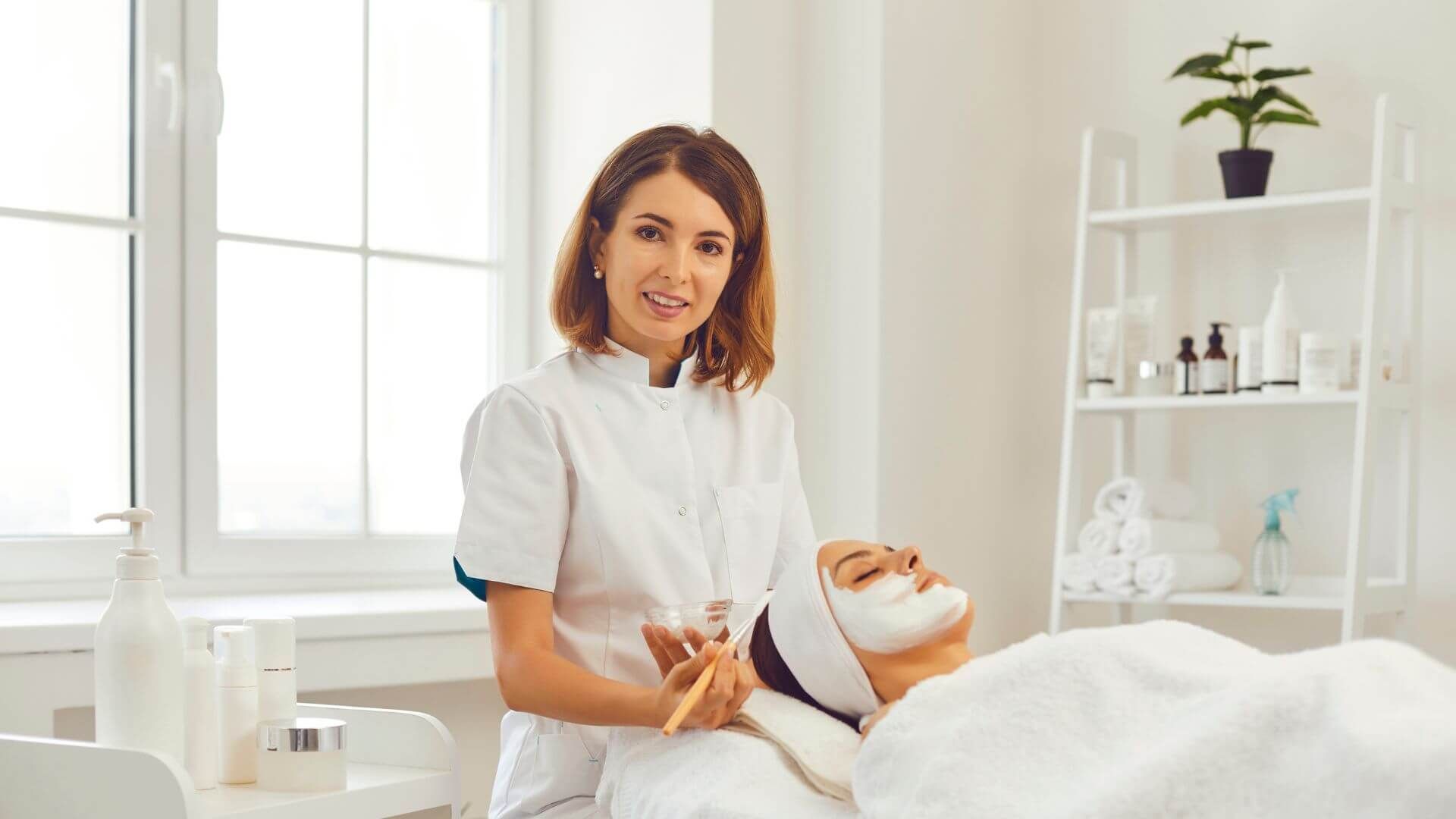
Begin your journey towards a radiant, youthful complexion by scheduling an appointment with Bel Viso Medical Spa. Our experienced team is dedicated to creating personalized treatment plans that cater to your unique skin needs, combining industry-leading techniques with meticulous care.
Whether you're considering the powerful synergy of Botox and chemical peels or seeking guidance on the best treatments for your skin, we're here to help you achieve your aesthetic goals. Don't wait to transform your skin – call us today and take the first step towards unveiling your best self.
Our Recent News & Articles

We are here to enhance your natural beauty. When you walk into our medical spa, the focus is on you. We promote a collaborative treatment plan between the provider and client to achieve a realistic aesthetic outcome.
All Rights Reserved | Bel Viso Medical Spa
WEB SERVICES BY: LEVELUP DIGITAL SOLUTIONS

